Preamble
The two major challenges plaguing the modern coastal cities worldwide are waste management and water scarcity. On one hand the ever increasing waste production driven by various factors such as the increased consumption, growing population and aspirations for better standard of living has choked current day waste management system. On the other hand the availability of clean and affordable water has become a question across many cities. Catering to the twin problem aessoft India leveraging its experience has developed an integrative approach to empower smart cities to no only solve the issue rather make it a sustainable solution promoting the circular economy.
Electricity has become the fundamental driving unit for any activity in the current day scenario. While the world is hungry for power, the supply inadequacy and stability are still the most gnawing problem. Worse, the consumable water – another important resource that drives the whole living and ecosystem, is depreciating in its availability. The twin shortages cannot be overlooked for long.
Paradoxically, what is available in abundance in today’s world is consumption garbage or waste. Every country produces garbage in growing volume. Global annual waste generation is expected to have a whopping 70% increase from 2.01 billion tonnes in 2016 to 3.4 billion tonnes by 2050. (Source: What a Waste 2.0, Silpa Kaza, Perinaz Bhada-Tata, Frank Van Woerdern, World Bank Group).
Since every material has a preset calorific value, the municipal solid waste too has a considerable degree of high carbon and organic content left in it. Clearly, the waste has huge potential that hasn’t been harnessed for its large heat value. For instance, it is estimated that Chennai – one of the top four metros of India and a population of over seven million people, produces municipal waste of 5000 metric tons per day (http://www.chennaicorporation.gov.in/departments/solid-waste-management/index.htm#solid). The storing capacity of two major waste deposition areas Perungudi, Kodungaiyur in Chennai have maxed out. Chennai has not much land left to store new waste dump yards. This has raised a lot of questions and concerns on how to dispose of the waste. It is been projected that by 2047 around 1,400 sq.km of landfill area will be needed for dumping the municipal solid waste which is equivalent to a combined area of three of most populous cities in India in landmass: Hyderabad, Mumbai & Chennai (Sustainable Solid Waste Management in India 2012 , Ranjith Kharvel & Annepu).
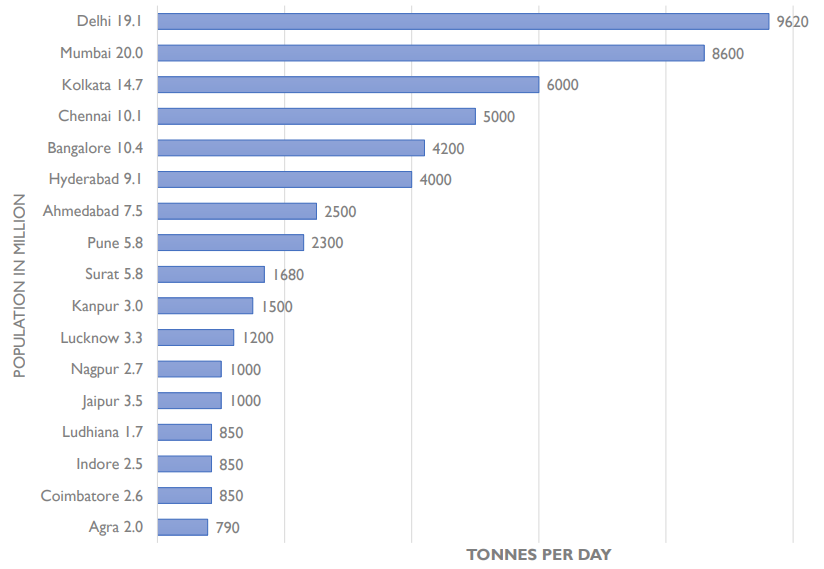
Exhibit 1: Municipal solid waste generation of various Indian cities in 2016. (Solid Waste Management in India, Utkarsh Patel, ICRIER, New Delhi)
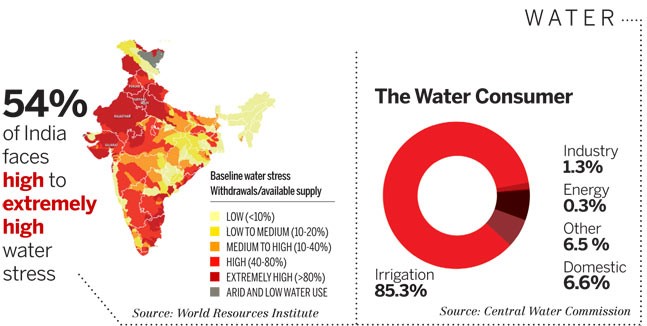
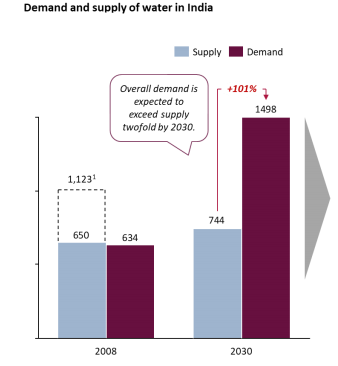
Exhibit 3: Supply and demand projections of water in BCM(2008,2030) in India. (Composite Water Management Index, NITI Aayog, August 2019 ).
Similar to municipal solid waste, seawater too is available in abundance. A possible solution, therefore, is to explore technology that transforms what is wasteful but available in abundance to produce into what is essential but in short supply. In our context, we need a technology that uses waste as a fuel to produce power and replace or reduce the use of conventional fossil fuels such as coal that anyways pollutes the environment.
The technology group that uses waste as fuel to generate steam and produce power electricity is known as waste to energy or WTE technologies. The technology hugely helps to empty the wasteland and produce power. Thus, WTE technologies provide a solution to our first order crisis- the energy inadequacy to satisfy the power demand. Recently, innovations are underway testing possibility that the hitherto only waste to energy (WTE) technologies also work to purify seawater and produce potable water at the same plant concurrently.
The remaining part of the research paper documents this technological breakthrough, key elements and analyses the financial and managerial considerations while implementing the augmented innovation.
An Augmented Innovation
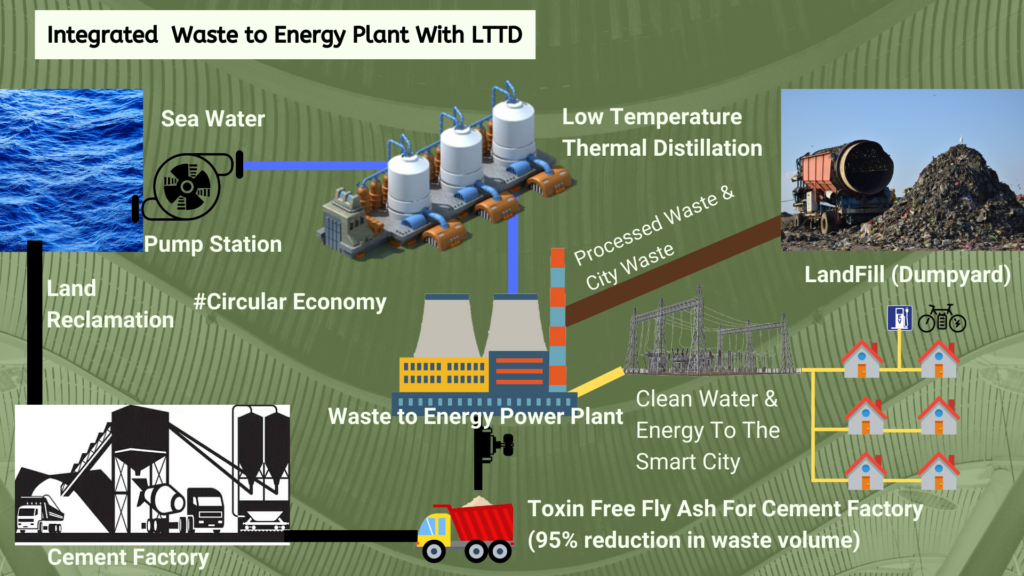
Exhibit 4: Map Integrating Waste to Energy and water desalination
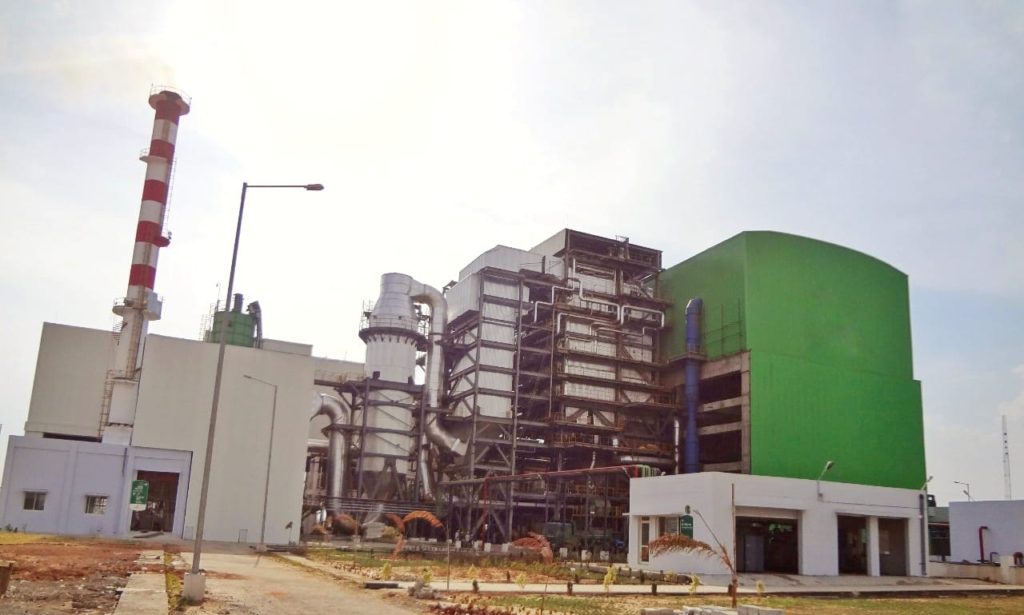
Waste To Energy
Waste to energy has been a successful model in promoting circular economy of the country by providing value to waste.

An ideal solution for coastal cities
There are several water stressed cities across the globe. Though there several standalone desalination technologies available the investment intensive nature of such projects have posed a challenge for adoption. But the Integration of MED or LTTD have the potential to navigate the same
The Indian Scenario
Feasibility Study For Chennai
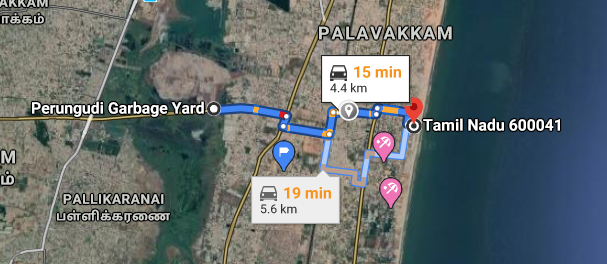
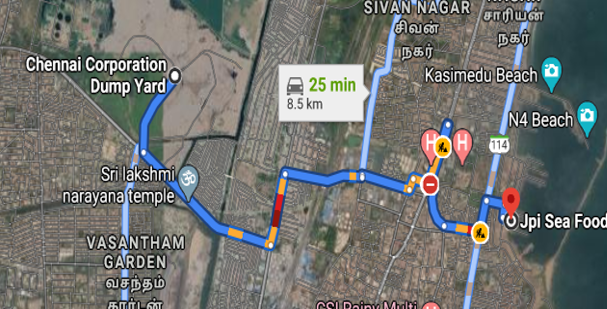
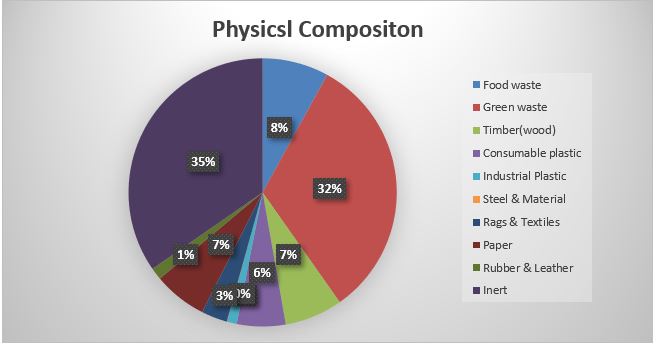
Exhibit 5(a) : Physical composition of the waste substances. (Greater Chennai Corporation Report, 2019)
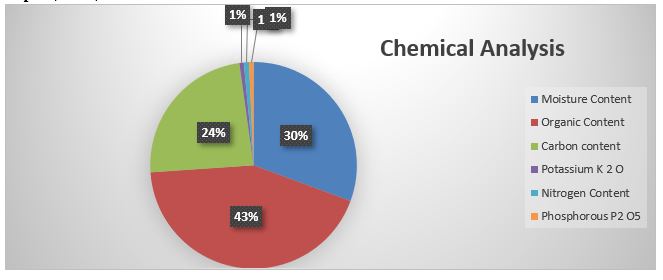
Exhibit 5(b) : Chemical composition of the waste substances. (Greater Chennai Corporation Report, 2019)
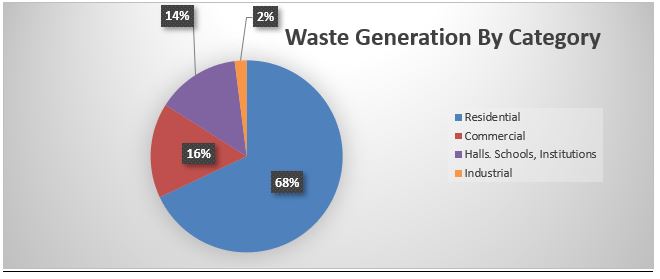
Exhibit 5(c) : Sources and categories of the waste generation. (Greater Chennai Corporation Report, 2019)

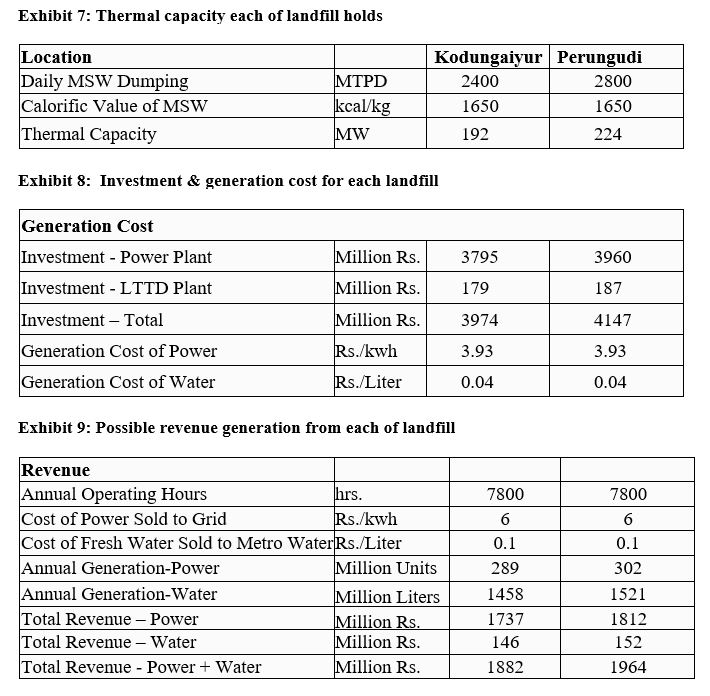

The Implementation validated that the integrated
technology yields a host of managerial and organizational benefits some of them
are listed below.
· Circular economy- the complete utilization of waste promotes a circular economy in the country.
· Ease of Operation- This will increase the efficiency of the operation of this plant as waste availability won’t be an issue for power generation.
· Development of water and energy security in the nation – If more plants of this technology, are set up, it multiplies the twin benefits of reducing water sacristy and usage of coal.
· Increase the viability of the waste to energy power plants in India – Implementations of these policies will promote the waste to energy business in India.
Furthermore, the payback period for the above estimation is 2.11 years with a plant life of 25 years. It is evident from the insights generated from the calculation that the twin technology could have a major contribution in terms of potable water generation and the waste elimination while generating a nominal amount of energy production. Hence the implementation of such integrated solution would be advantageous in a smart city as this would create a circular economy in which sustainability and self-sustenance is ensured.
